Gayle hunts down the cave of the Killer Rabbit of Caerbannog, a vicious bunny featured in Monty Python’s Holy Grail – and finds it on the banks of Loch Tay.
It’s one of the most infamous scenes of the 1975 movie Monty Python and the Holy Grail.
King Arthur’s knights hunt down the “Killer Rabbit of Caerbannog”, coming face-to-face with the aggressive, sharp-toothed beast in its gloomy lair.
The rabbit, a vicious protector of the cave where the grail’s location is written on the wall, leaps at the necks of those who dare to enter, biting through and decapitating them.
Alas, three of Arthur’s knights, unwilling to listen to dire warnings given by Tim the Enchanter, are murdered by this “most foul, cruel and bad-tempered rodent”.
It’s a hilarious, ridiculous and gory scene, with the seemingly innocuous fluffy white bunny turning into a bloodthirsty monster before the panicked Arthur instructs his surviving men to “Run away!”.
They eventually manage to kill the rabbit from a distance, hurling the Holy Hand Grenade of Antioch into the cave.
Python fan
I’ve long been a Python fan, having first watched Holy Grail as a teenager.
My then boyfriend was obsessed by the surreal comedy troupe, frequently reciting Python phrases and encouraging me to watch all the films and sketches.
It wasn’t until recently, however, that I discovered an abandoned mine on a hillside above Loch Tay had been used as the film set for the killer rabbit scene.
I was determined to check it out, even though I was a little anxious at what I might find.
Dedication
It takes dedication to find it. It’s in a pretty elusive spot and is, in fact, so well hidden that when Python stars Michael Palin and Terry Jones set out to locate the mine as part of the film’s 25th anniversary celebrations, they couldn’t remember where it was.
It’s about 10 miles north-east of Killin, on the east bank of Loch Tay, and eight miles from Kenmore.
I came at it from Killin, following my sat nav’s directions for “Tomnadashan Mine”, and parking in a tiny lay-by. I should say at this point that it might’ve been better to park a bit further away and walk up to the spot. The last thing you want to do is cause issues for other road users by blocking gates or passing places.
My phone directed me through a wooden gate and uphill, across a grassy field with the odd sheep dotted around and spectacular views of the loch and across to the Ben Lawers range of Munros.
I admired some ruined buildings and the remains of the mines which apparently operated from 1838 to 1862 and were owned by Lord Breadalbane (John Campbell, 2nd Marquess of Breadalbane) until his death in 1862.
He had tried to mine copper, gold and sulphur here but had been unsuccessful.
I wandered around, feeling the cave must be nearby, but struggling to find it. Could it be hidden from view by bracken, I wondered?
Mine operations
Fording a wee burn, I headed uphill, towards some trees, and then, failing to see anything, went back down again towards what I presumed to be the “heart” of the abandoned mine operations. And bingo – there it was!
I approached the cave from above, carefully making my way down a faint path towards it.
A terrifying spectre – a white rabbit with a blood-stained mouth sitting at the entrance – told me I was definitely in the right place.
I hadn’t expected this! Should I run away? Nope. He, or she, looked like his or her appetite had been sated and the surrounding area seemed to be free of bones, body parts and rusty armour.
I got close enough to the beast to actually give him a wee stroke and was jubilant when nothing bad happened.
I then ventured inside the cave which is actually a bit of a dank, dingy, fern-sprouting warren of interlinked tunnels and cavities.
It even boasts some “wall art” in the form of a hallucinogenic-looking spray-painted toadstool.
Hazardous
It’s a pretty cool spot and well worth exploring. But do be warned – the rabbit isn’t the only potential hazard.
This is an abandoned mine so you need to be really careful of your footing and watch you don’t slip and break an ankle or fall down a shaft.
Sturdy shoes or boots and a torch, so you can investigate all the nooks and crannies, are a good idea.
And it goes without saying – leave the bunny for others to enjoy – or be savaged by.
I left unscathed, but you might not be so lucky…
It’s a pretty cool spot and well worth exploring. But do be warned – the rabbit isn’t the only potential hazard.”
Information
- The Killer Rabbit of Caerbannog scene was written by Graham Chapman and John Cleese. The rabbit also features in Spamalot, a musical inspired by the movie.
- Monty Python and the Holy Grail was largely filmed on location in Scotland, particularly around Doune Castle, Glencoe, and Castle Stalker.
- The 1975 film, which parodied the legend of King Arthur’s quest for the Holy Grail, was written and performed by the Monty Python team of Graham Chapman, John Cleese, Terry Gilliam, Eric Idle, Terry Jones and Michael Palin, and directed by Gilliam and Jones.
- The film’s initial budget of around £200,000 was raised by convincing 10 separate investors – including rock bands Pink Floyd, Led Zeppelin and Genesis – to contribute £20,000 apiece.
- The chain mail armour worn by the knights was actually silver-painted wool which tended to absorb moisture in the cold and wet conditions.
-
A scene from Monty Python and the Holy Grail.
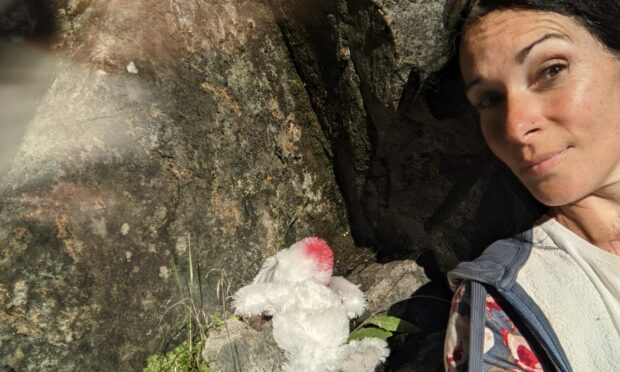
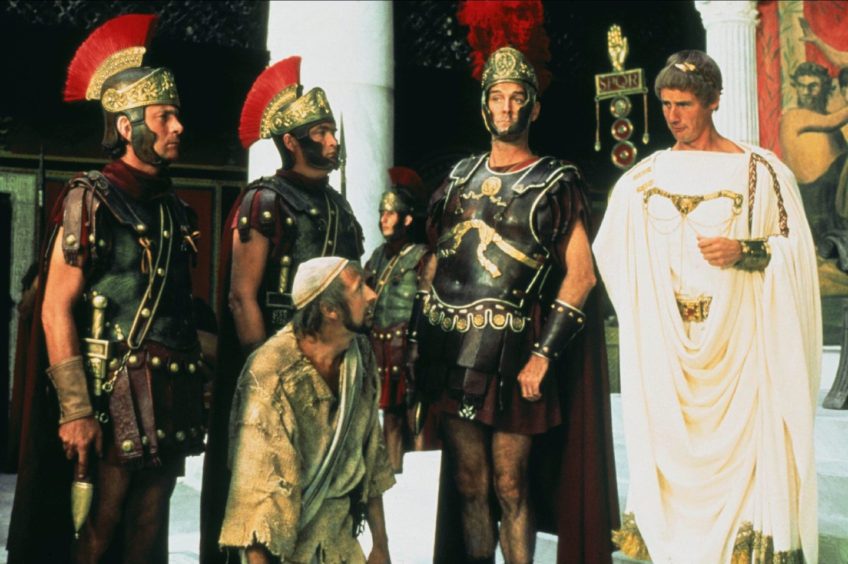
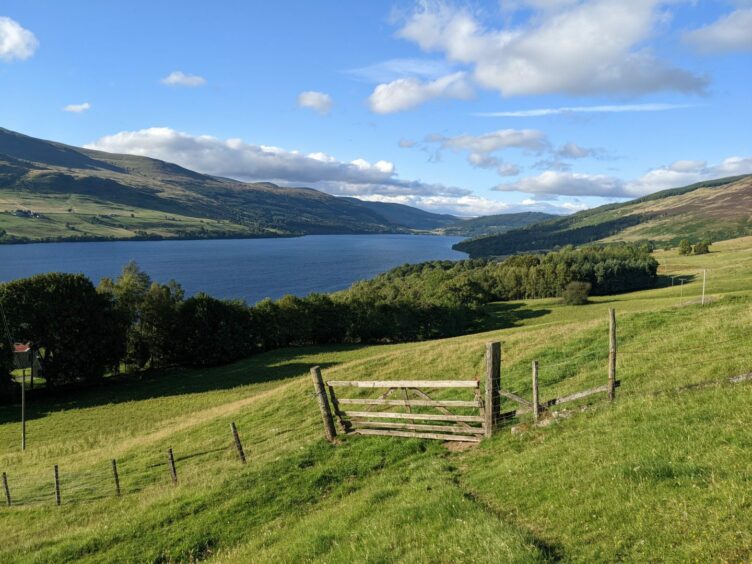
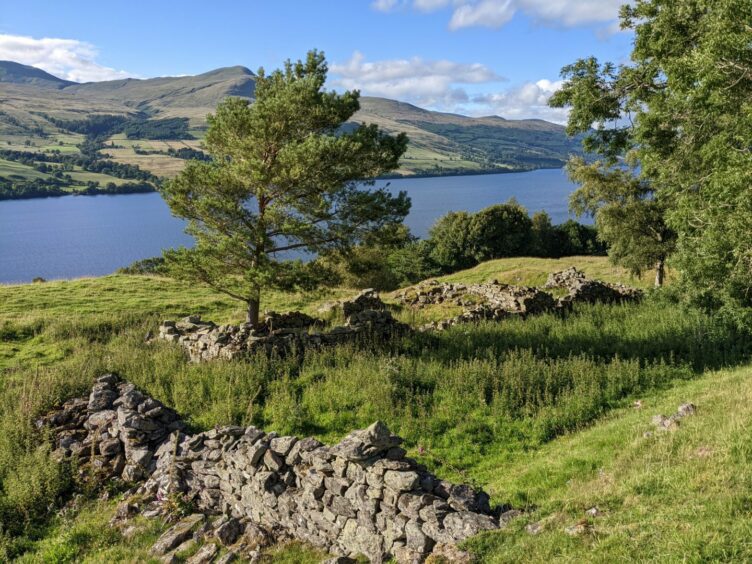
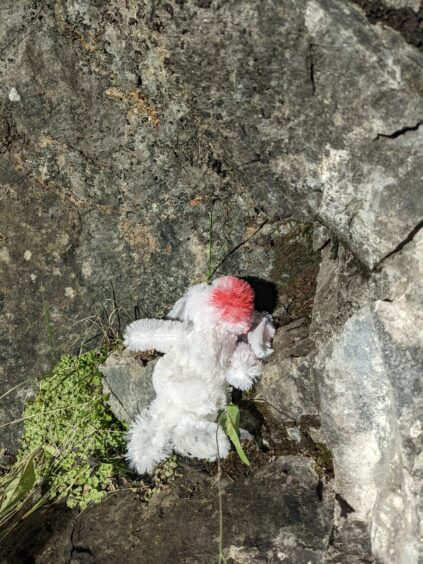
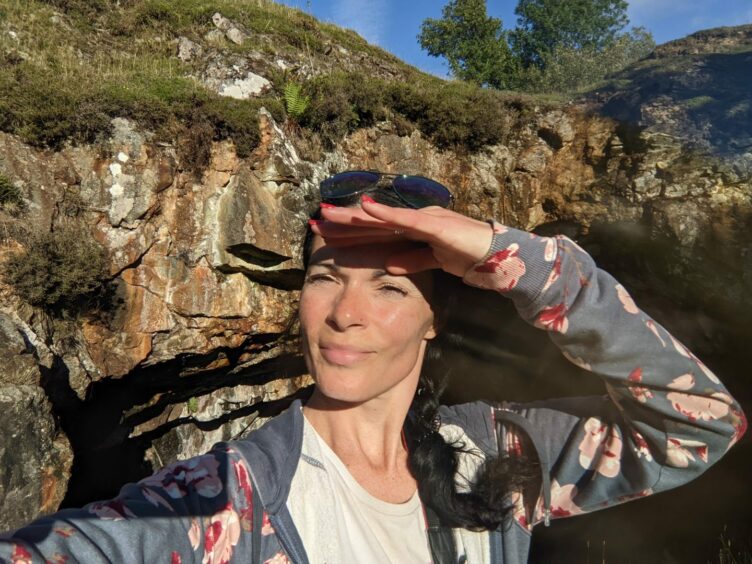
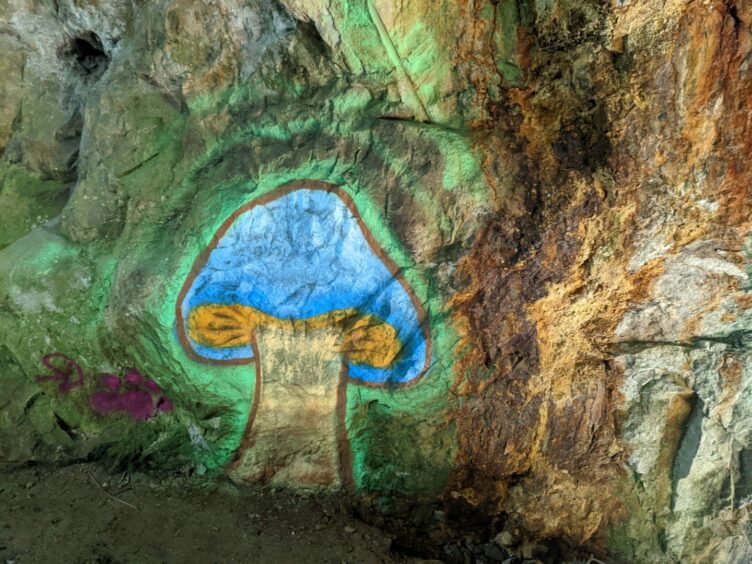
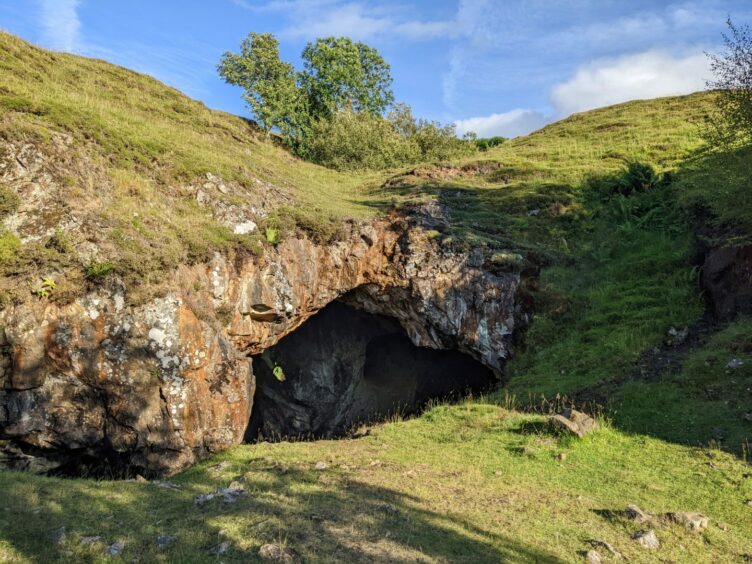
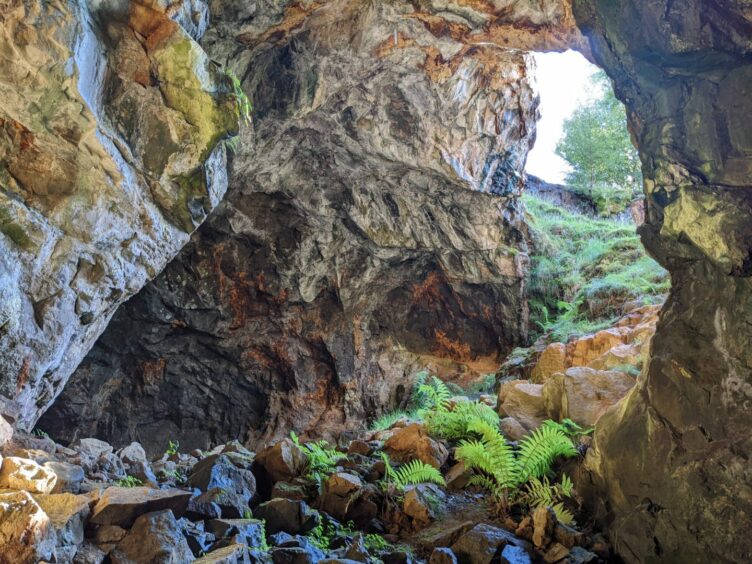
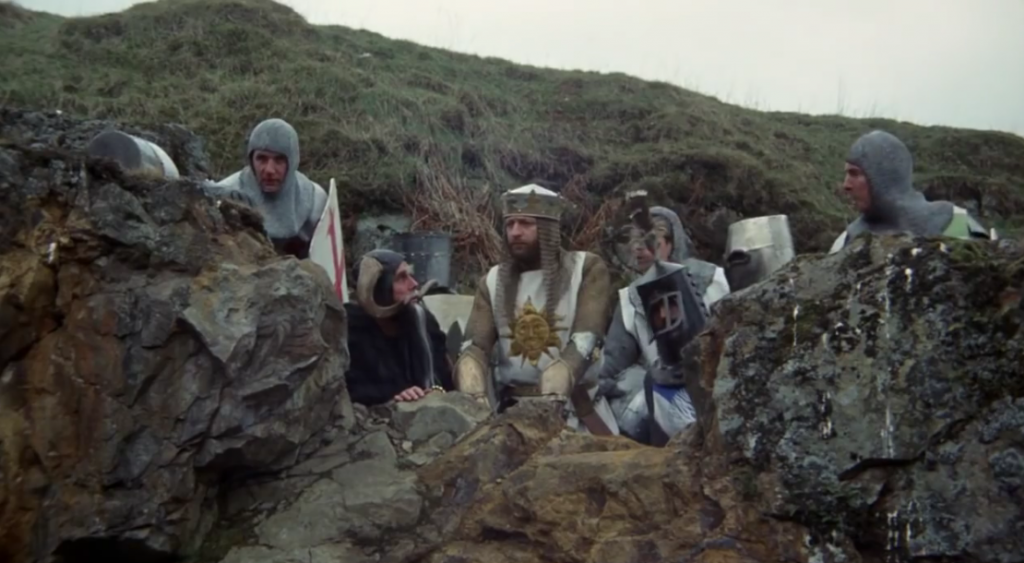


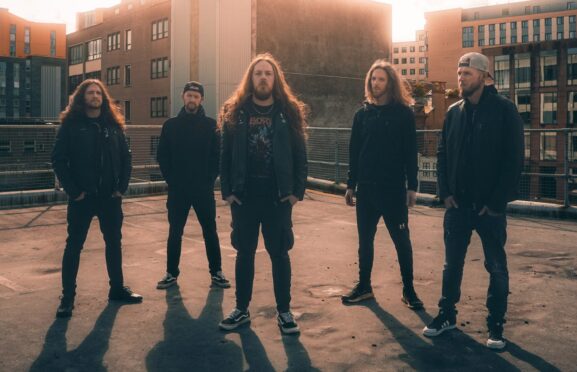

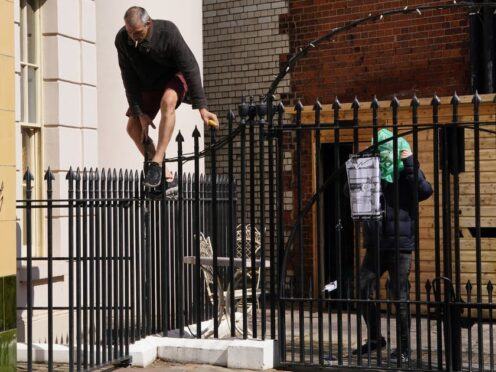

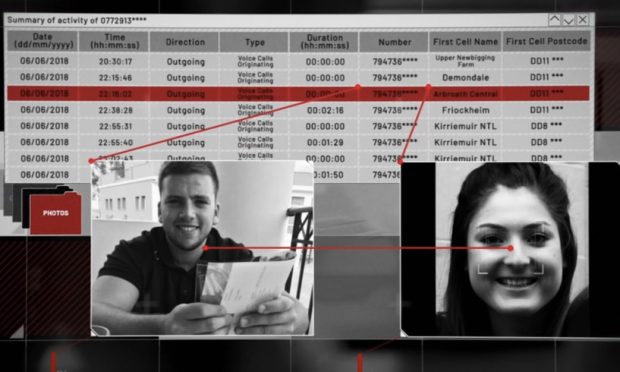

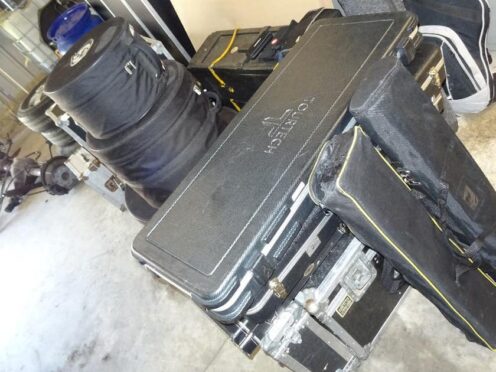

Conversation